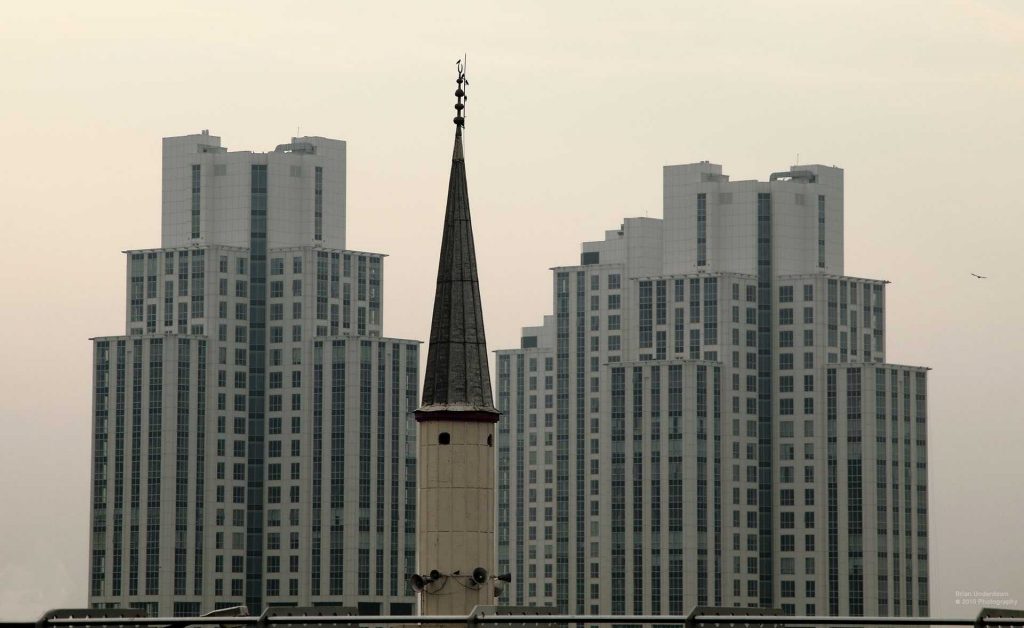By Gareth Jenkins
Tuesday, August 12, 2008
Since resuming its campaign of violence in June 2004 after a five year lull, the PKK has pursued a two-front strategy: combining a rural insurgency in southeast Turkey with an urban bombing campaign in the west of the country. In early fall 2007, the deaths of nearly 40 Turkish soldiers in less than a month triggered anti-PKK demonstrations and public protests across Turkey and increased the pressure on the government to strike at the organization’s training camps and bases in northern Iraq. As Turkish troops massed on the Turkish-Iraqi border, the United States finally reversed its refusal to allow Ankara to strike at PKK assets in northern Iraq. Washington even agreed to provide Ankara with useful intelligence on the PKK in return for an understanding that any cross-border military operations would be limited in scope and duration. In December 2007 Turkey launched the first of what have become regular air raids against PKK positions in northern Iraq. In February Turkish commandoes even staged a nine-day ground operation against PKK forward bases inside Iraq close to the border with Turkey.
The Turkish military strikes against the PKK in northern Iraq were never expected to eradicate the organization. Through early 2008, however, the raids did appear to be disrupting the PKK’s ability to stage operations inside Turkey. Perhaps more importantly, they forced the PKK onto the defensive both militarily and psychologically. Since 2004 the PKK has used violence as part of a psychological war of attrition in an attempt to wear down the resistance of the Turkish authorities both to making concessions on Kurdish cultural and political rights and to sitting down with the PKK to negotiate a peace settlement. Until relatively recently, the PKK also tended to avoid doing anything that it believed could damage its claim to be a legitimate political interlocutor in the eyes of Western public opinion.
But since the beginning of July, the PKK appears to have jettisoned its concerns about alienating Western public opinion and has begun to stage more reckless and ruthless attacks. Its primary goals appear to be to demonstrate, both to the Turkish authorities and to the country’s Kurdish minority, that it remains a viable force.
On July 8 a unit of the People’s Defense Forces (HPG), the PKK’s military wing, kidnapped three German mountaineers in eastern Turkey (see Terrorism Monitor, July 25). On July 27 the PKK detonated two improvised explosive devices (IEDs) in a crowded street in the center of Istanbul in an attack that appears to have been solely designed to kill as many civilians as possible. A total of 17 people were killed and 154 injured (see Terrorism Focus, August 5). The PKK also claimed responsibility for the August 5 explosion and subsequent fire on a stretch of the Baku-Tbilisi-Ceyhan (BTC) oil pipeline in Erzincan, the same province as the site of the mine attack of August 11 (see EDM, August 9).
Turkish officials continue to insist that the BTC explosion and fire were the result of an accident (CNNTurk, August 11), although it was not until August 11 that the fire was finally extinguished and a thorough investigation into the cause of the explosion could begin. It is expected to be several weeks before the damage is repaired and the oil flow through BTC returns to normal (Radikal, Hurriyet, Zaman, Milliyet, August 12). Even if the fire was not the result of an attack by the PKK, its claim of responsibility is an indication of its willingness to risk antagonizing Western governments by targeting BTC and potentially driving up the global price of oil. There is also little doubt that the stretch of BTC running though Turkey is vulnerable. Although the pipeline itself is buried at a depth of one meter, the valves that are located at intervals along it are dangerously exposed. Unlike Georgia and Azerbaijan, Turkey has not attempted to protect the valves by reinforcing them.
The high death toll in the mine attack of August 11 appears to have been more the result of luck than a change in strategy or increase in the PKK’s military capabilities. Since resuming violence in June 2004, the PKK has frequently used mines to target Turkish military units but usually inflicted considerably fewer casualties.
On August 11 the Turkish authorities received intelligence that, at 21:30 on August 10, a group of three HPG militants had arrived in the village of Sariyazi in Kemah county and demanded food. On the morning of August 11, a unit of 15 members of the gendarmerie was dispatched to Sariyazi to confirm the report. As they returned from the village, a mine hidden close to the road was detonated by remote control (Radikal, August 12). There has been no official statement about whether the truck carrying the soldiers was a target of opportunity or, as seems likely, the intelligence report was a ploy by the PKK to draw them to the village and then kill them on their return.
It was precisely because they believed that they would reduce the PKK’s ability to stage high casualty attacks that so many Turks staged public demonstrations in fall 2007 calling for cross-border raids into northern Iraq. If the incident in Kemah is followed by more high-casualty attacks, either as the result of luck or of the PKK’s recent increased ruthlessness and recklessness, it is going to be very difficult for the Turkish authorities to claim that the air raids have been successful. Past experience suggests, however, that the government will nevertheless respond with more of the same and intensify its military operations against the PKK in northern Iraq.


Leave a Reply